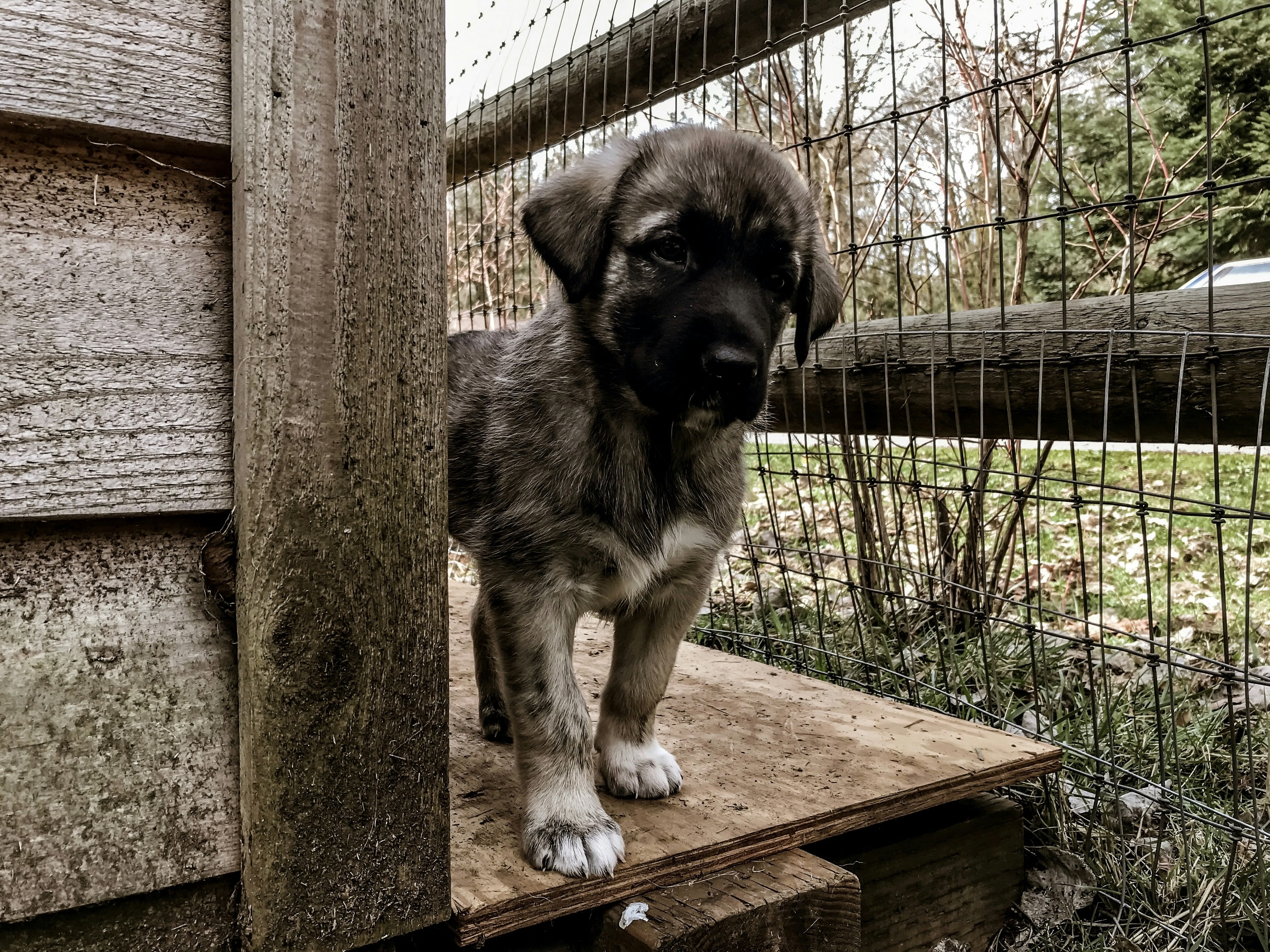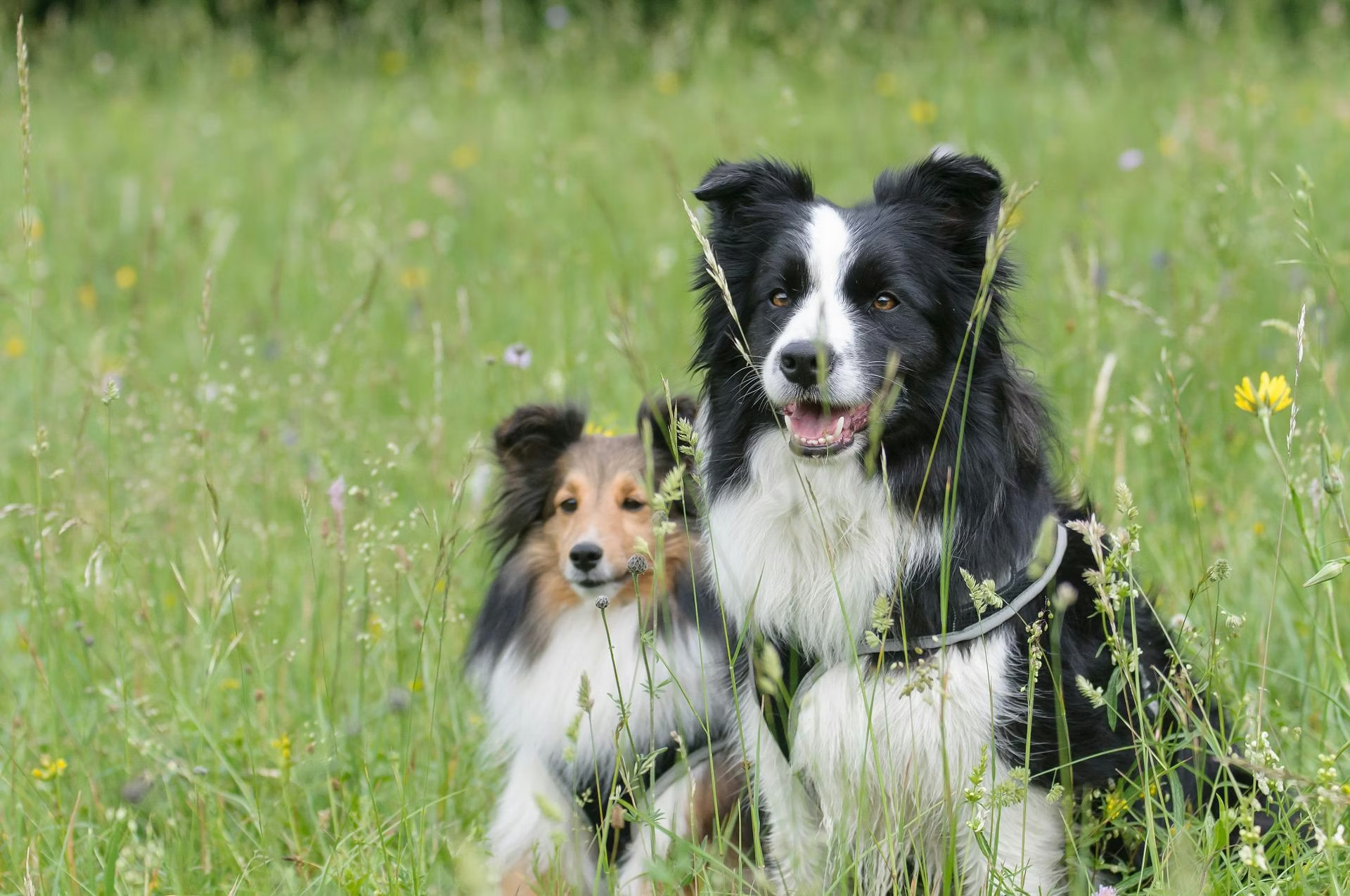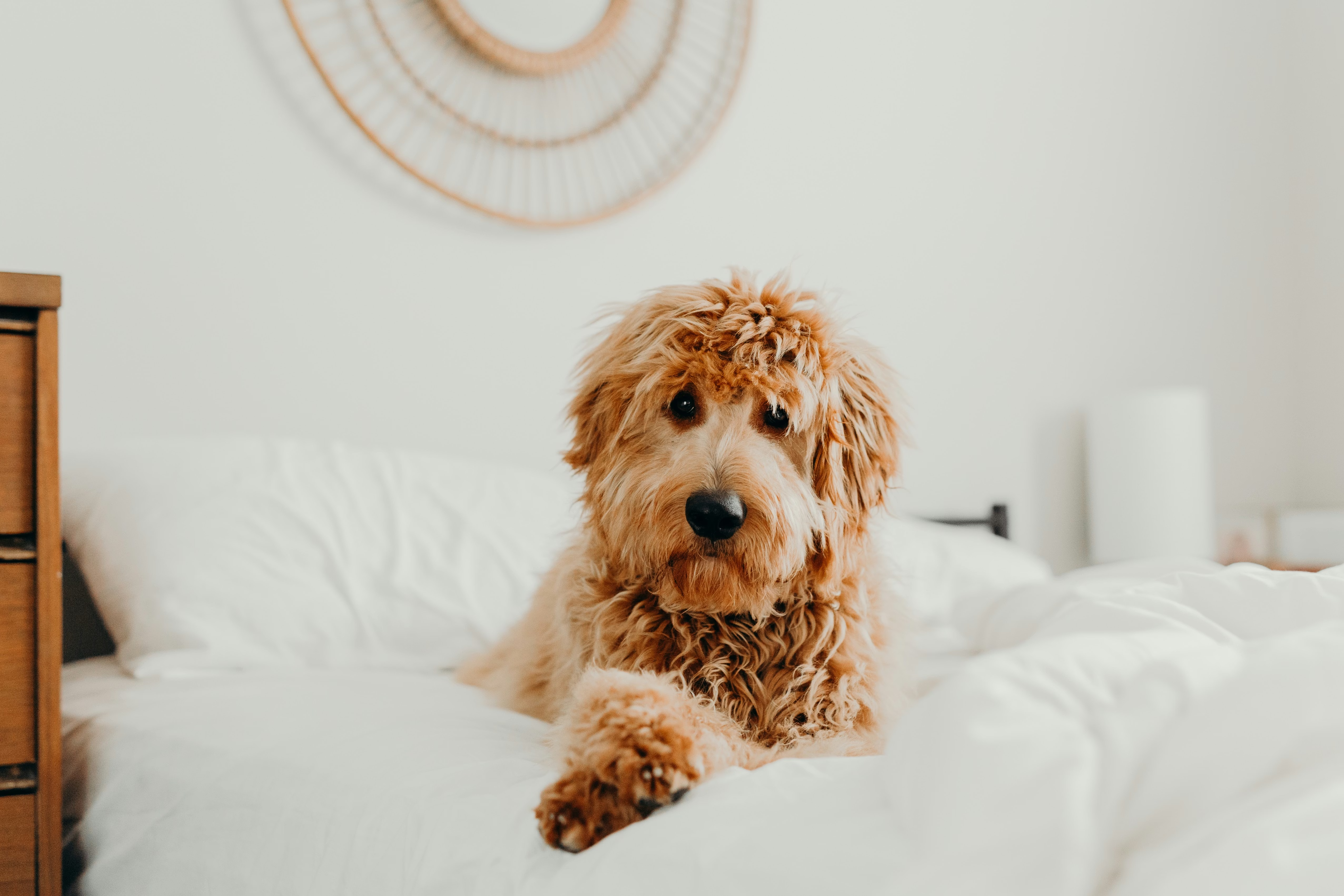If you are a goat or sheep rancher, you’re surely familiar with livestock guardian dogs (LGD). But if you’re not, you might not know much about the big, brave breeds that have protected flocks and herds for centuries. So let’s get to know the work LGDs do and what makes them so good at their jobs.
The role of a livestock guardian dog.
Unlike Border Collies, Australian Cattle Dogs, and other popular farm dogs, livestock guardians don’t gather or move herds. Instead, as their name suggests, LGDs are responsible for watching over livestock and keeping them safe from predators, including coyotes, foxes, wolves, and birds of prey. These dogs mainly protect small farm animals like sheep, goats, and chickens, though they also work with horses, cattle, and other livestock.
Livestock guardian dogs keep animals safe in the pasture, vigilantly patrolling the area and warding off unwelcome visitors. By performing these duties, they serve as an alternative to guns, traps, poison, and other methods for reducing the threat of predators. LGDs also guard livestock during seasonal migrations.
It’s important for livestock guardian dogs to bond with the flocks or herds they are responsible for protecting. For this reason, LGDs are introduced to the stock when they are puppies and live with the animals full-time to they “imprint” on them. As the dogs mature, their instinct to protect the stock will kick in. However, training and supervision are needed to ensure they can be properly trusted with the livestock. Typically, LGDs are not considered reliable until they are two years or older. And, they still require basic obedience, leash-training skills, and comfort with being kenneled (which is helpful during trips to the vet).
Physical and personality traits of a livestock guardian dog.
LGDs are large, powerful dogs. And their size provides a number of advantages. For example, they retain heat longer; carry more fat reserves and can go longer without food; are less likely to get bone fractures; and tolerate illnesses better. These breeds have a dense water-repellent coat that protects them from life outdoors. Their color typically ranges from whites to grays and browns and often matches the color of the livestock they watch over.
Livestock guardian breeds are naturally brave and protective. They are also independent dogs. While loyal to their owners, they’re used to working alone and can be stubborn and aloof toward people. Non-working LGDs can make wonderful family pets, thanks to their calm, patient temperament. However, they are not suitable for all homes. These pups are used to roaming in large territories. Apartments are not a great fit for them, and some breeds are prone to barking or wandering off.

Popular livestock guardian breeds.
There are dozens of breeds that fall into the livestock guardian category. Some of the most well-known LGDs are:
Learn about more breeds.
Read up on different livestock guardian dogs—and other breed types—in our extensive breed library.




